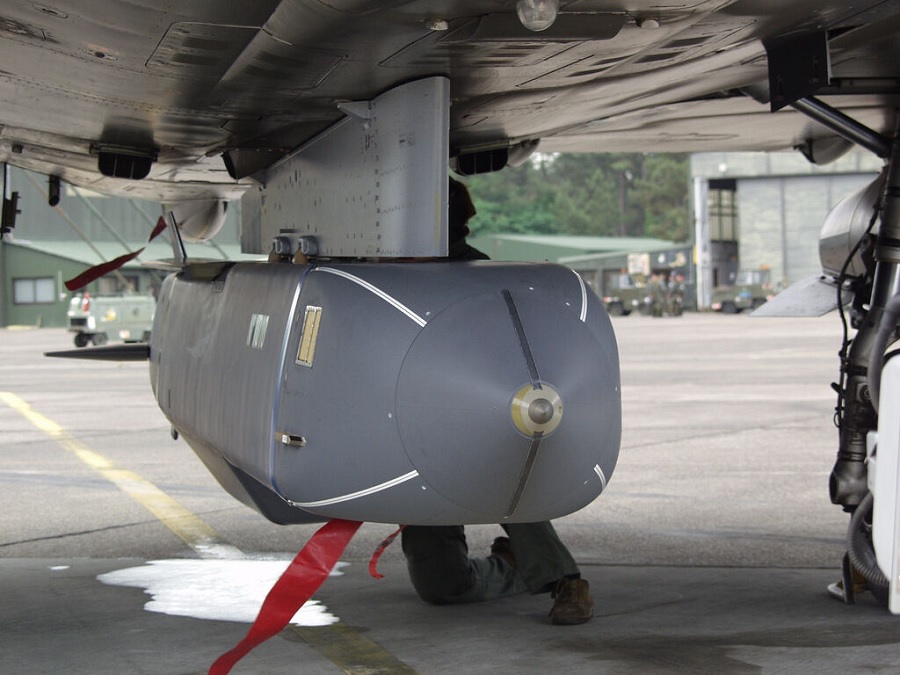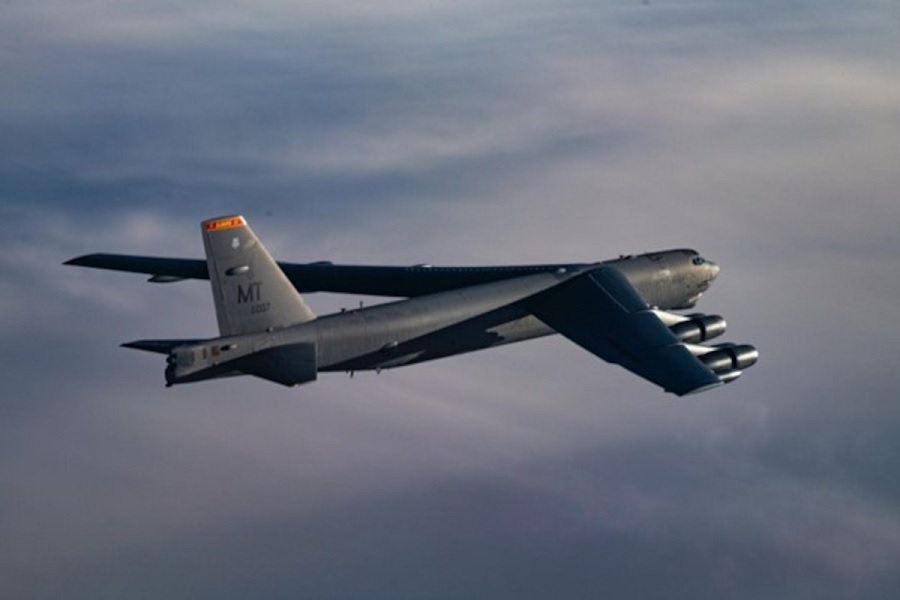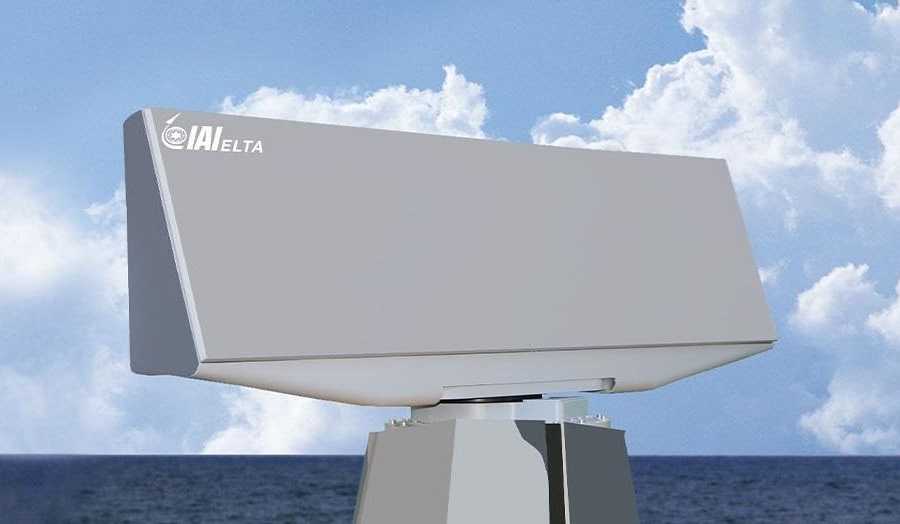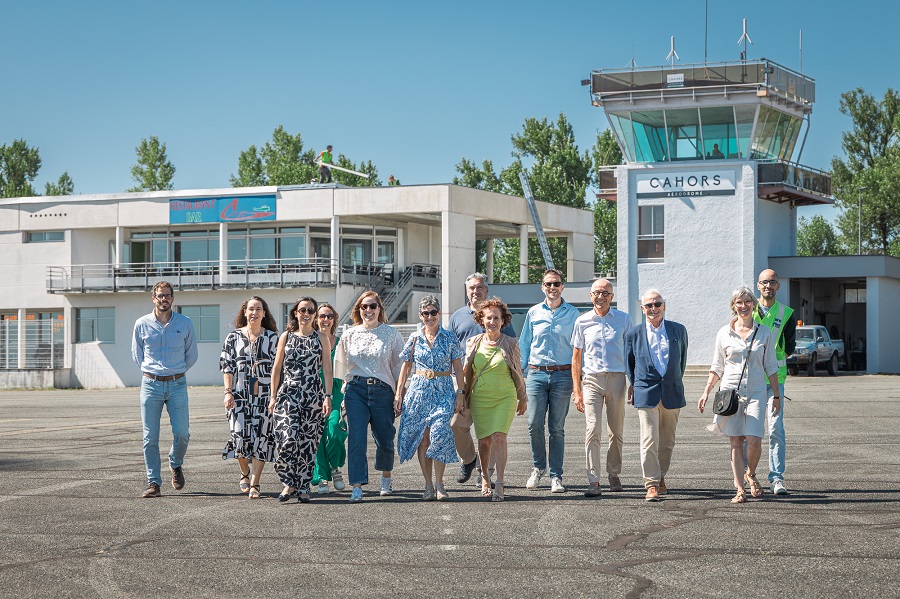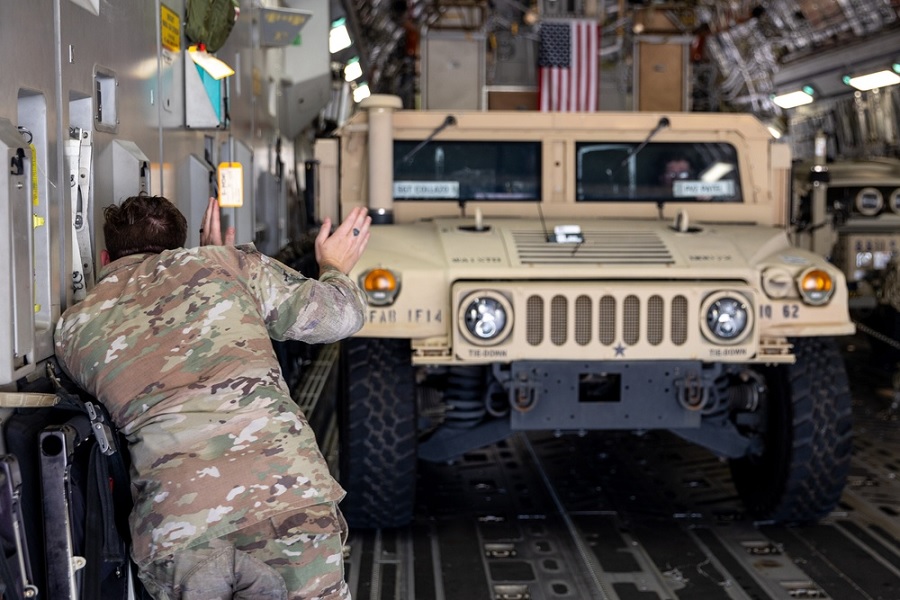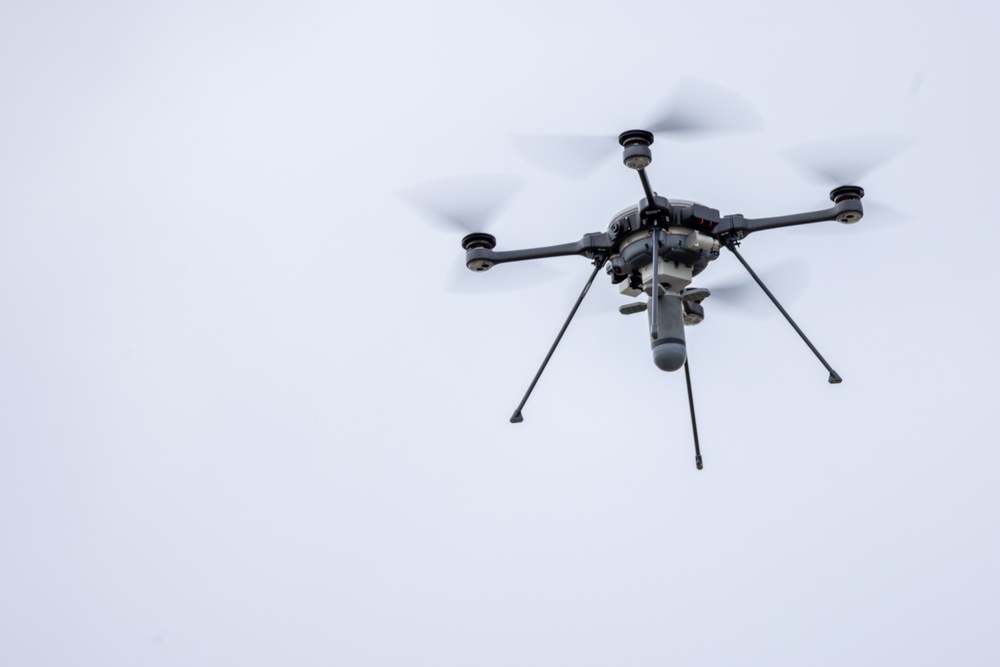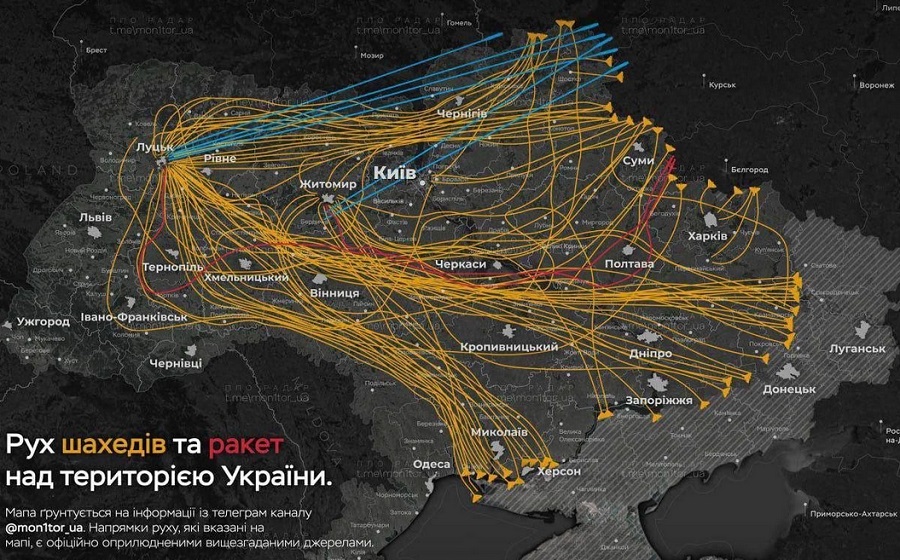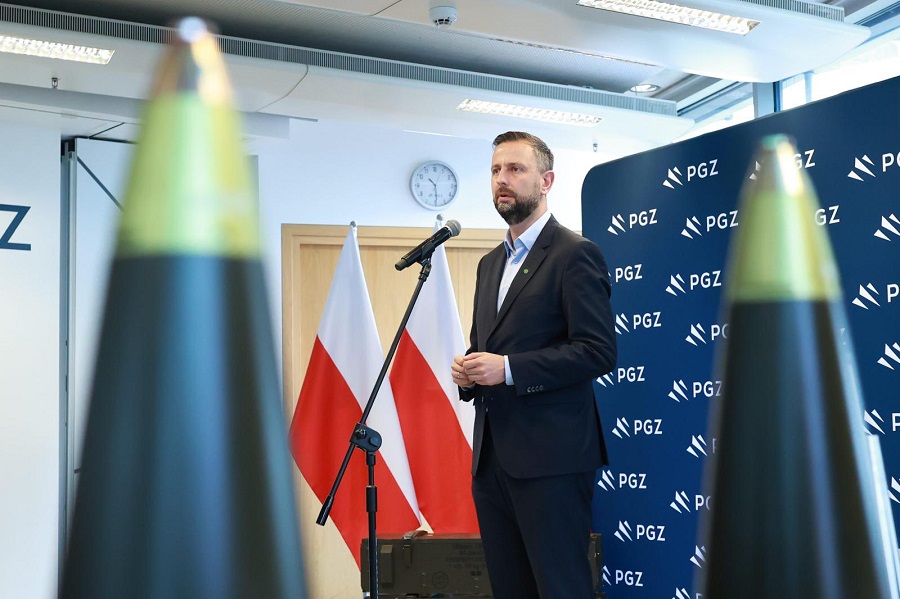In parallel, these three contractors will provide valuable, independent perspectives on potential integrated platform concepts that can meet the NGRC challenge, aiming to identify and exploit cutting-edge technologies to meet the NGRC operational and supportability capabilities, as well as seeking innovation in digital design and development processes and advanced materials and manufacturing.
The award of Study #5 is a successful example of the effective governance of all NGRC Support Partnership Nations and confirms the Programme’s commitment to professionalism, operational efficiency and customer satisfaction.
“The launch of Concept Study #5 is a significant milestone for the NGRC concept stage activities and demonstrates NSPA’s dedication to meet the challenge of next generation medium lift for Participating Nations. The strategy to launch 3 parallel contracts awarded by competition delivers on our commitment to maximise industry expertise, opportunity and engagement in the programme, and will provide a broad range of potential concepts in the study results for our multinational customers”, says Stacy A. Cummings, NSPA General Manager.
“Taking part in this NATO study for the next generation of military rotorcraft offers a unique opportunity to leverage our experience working with the different European armed forces.Our goal, together with our highly skilled partners, is to develop a European solution, a concept that would fulfill both the needs of the NATO armed forces while also guaranteeing industrial sovereignty for our European nations and maintaining key engineering competencies. This project will be fully interoperable with other NATO means. With our experience in both civil and military helicopter design, we are convinced that we have the right cost effective, high performance, and operationally efficient solutions at Airbus Helicopters for the next generation of military rotorcraft”, says Bruno Even, CEO of Airbus Helicopters.
For this study contract, Airbus is partnering with RTX’s Collins Aerospace and Raytheon businesses and MBDA for the 13 months to analyse two integrated concepts of next generation military rotorcraft.
France, Germany, the United Kingdom, the United States, Ireland and Italy are involved in the project via the different partner companies. Each partner will contribute to the study in its area of expertise: helicopter design, systems integration, connectivity, weapons and effectors, avionics and sensors. The study will focus on high performance rotorcraft. The concepts will be modular and multi-mission, and fully interoperable with NATO standards, with a high degree of connectivity and resilient communication system.
“Building on the 40+ year legacy supporting frontline global missions, Lockheed Martin Sikorsky looks forward to continuing this trusted partnership with NATO” stated Mr Andy Adams, Vice President, Lockheed Martin Sikorsky Future Vertical Lift. “Extending Lockheed Martin Sikorsky’s technical expertise in developing advanced rotorcraft systems, we have assembled a group of leading companies from European Industry to support the execution of NGRC Study #5. This group of Tier-1 aerospace suppliers includes BAE Systems, ELT Group, ESG Elektroniksystem- und Logistik GmbH, GE Aerospace, Hellenic Aerospace Industry, Kongsberg, Liebherr-Aerospace Lindenberg GmbH, MAGroup, Malloy Aeronautics, SAFRAN, Rheinmetall and TERMA. The industry group will provide input as to how their world class military products can support our integrated platform concept approach to advance NATO’s capabilities and provide a next generation rotorcraft solution” he added.
“We are confident our game changing X2 rotorcraft will provide NATO with an integrated rotorcraft system that combines speed, range, maneuverability, survivability and operational flexibility, enabling commanders and aviators with multi-domain operations required to deter ever-evolving threats for decades to come”, says Andy Adams, Vice President, Lockheed Martin Sikorsky Future Vertical Lift.
This study contract award represents another leap forward for NSPA, as the Agency becomes the premier choice for multinational defence acquisition across the Alliance through its key link between Nations and Industry.
A significant amount of the medium multi-role assets currently in service across NATO Allies will reach the end of their life cycle in the 2035-40 period and beyond, with the subsequent need for replacements. These existing inventories are all based on designs dating back to the previous century. The aim of the Next Generation Rotorcraft Capability (NGRC) is to respond to this upcoming requirement, in a timely and cost-effective manner, while concurrently leveraging a broad range of recent advances in technology, production methods, and operational concepts.



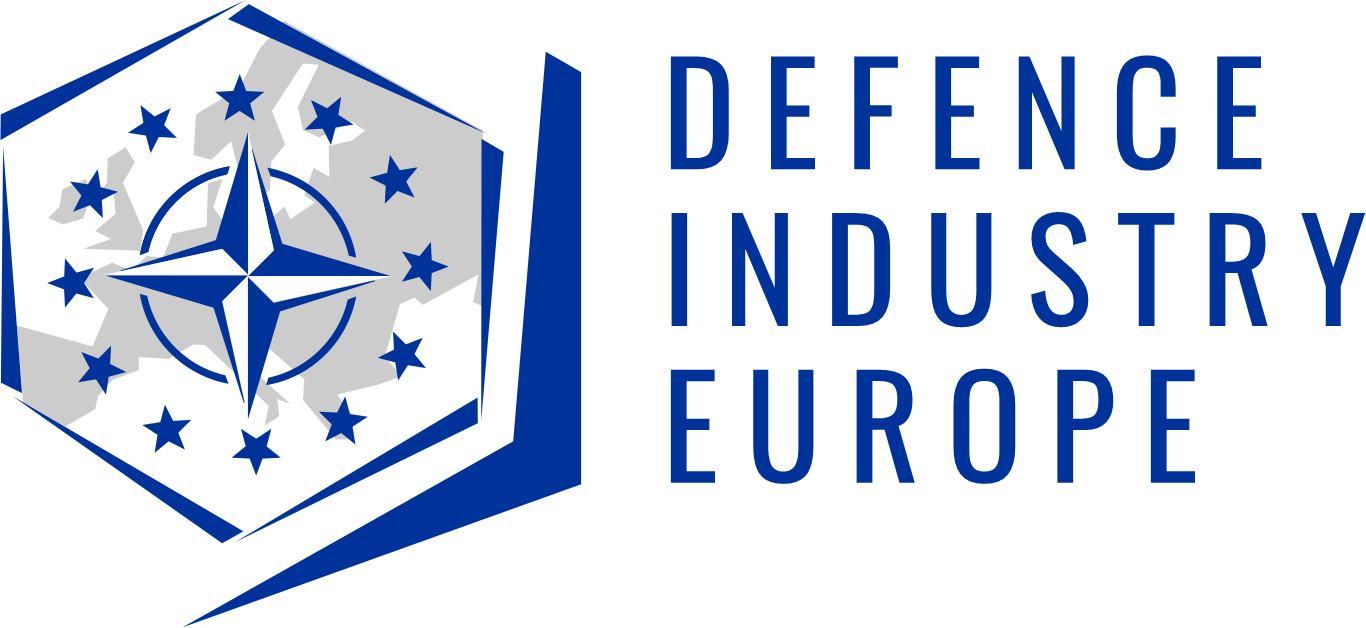

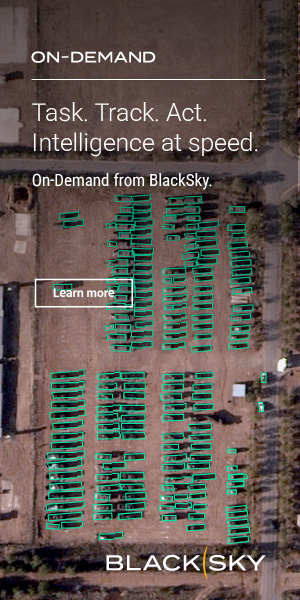





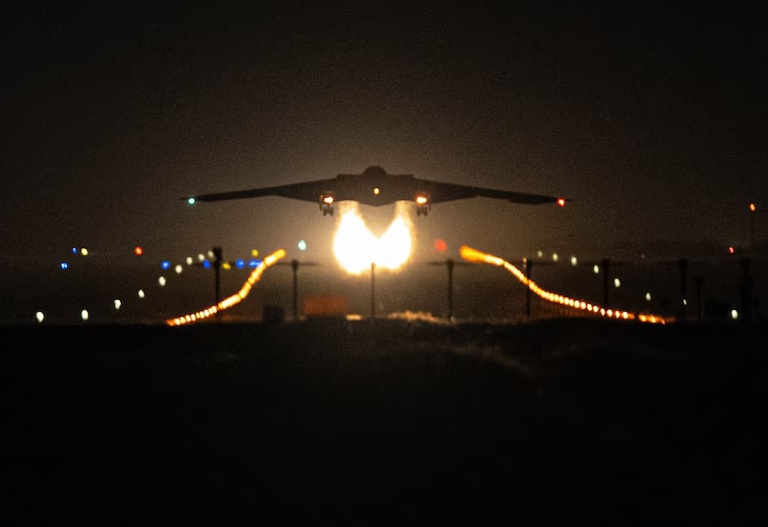
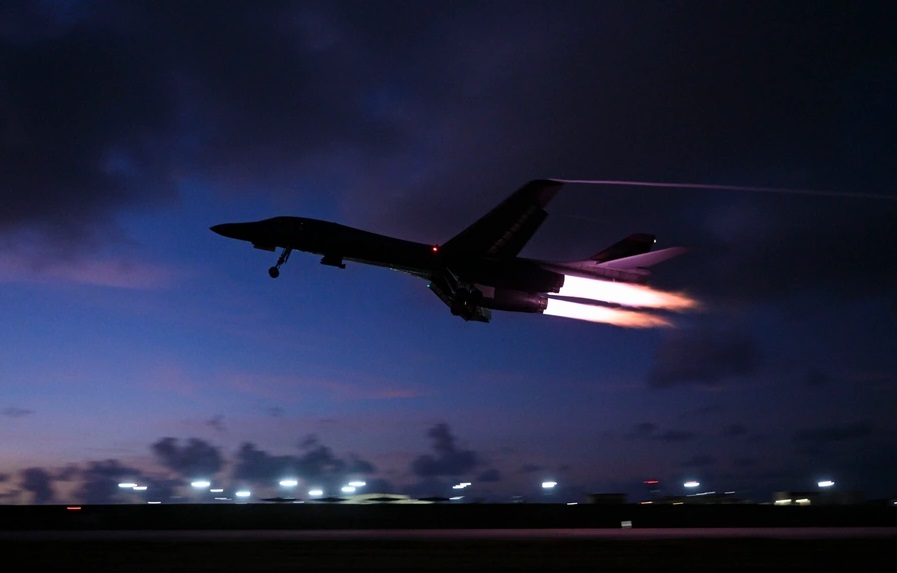
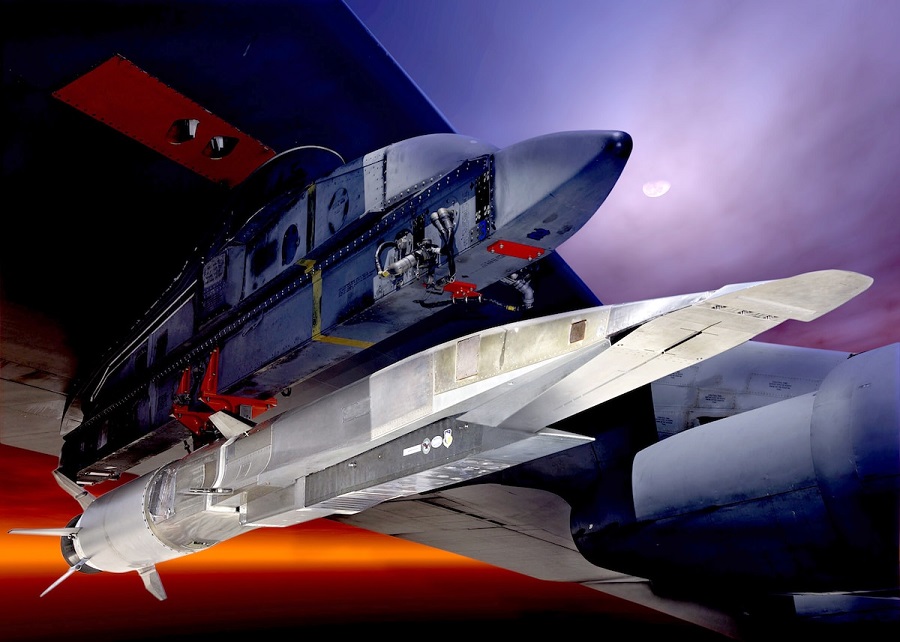
![Northrop Grumman conducts successful test of Mars ascent rocket motor [VIDEO]](https://defence-industry.eu/wp-content/uploads/2025/07/Northrop-Grumman-conducts-successful-test-of-Mars-ascent-rocket-motor-VIDEO.jpg)
